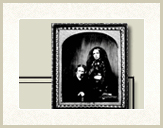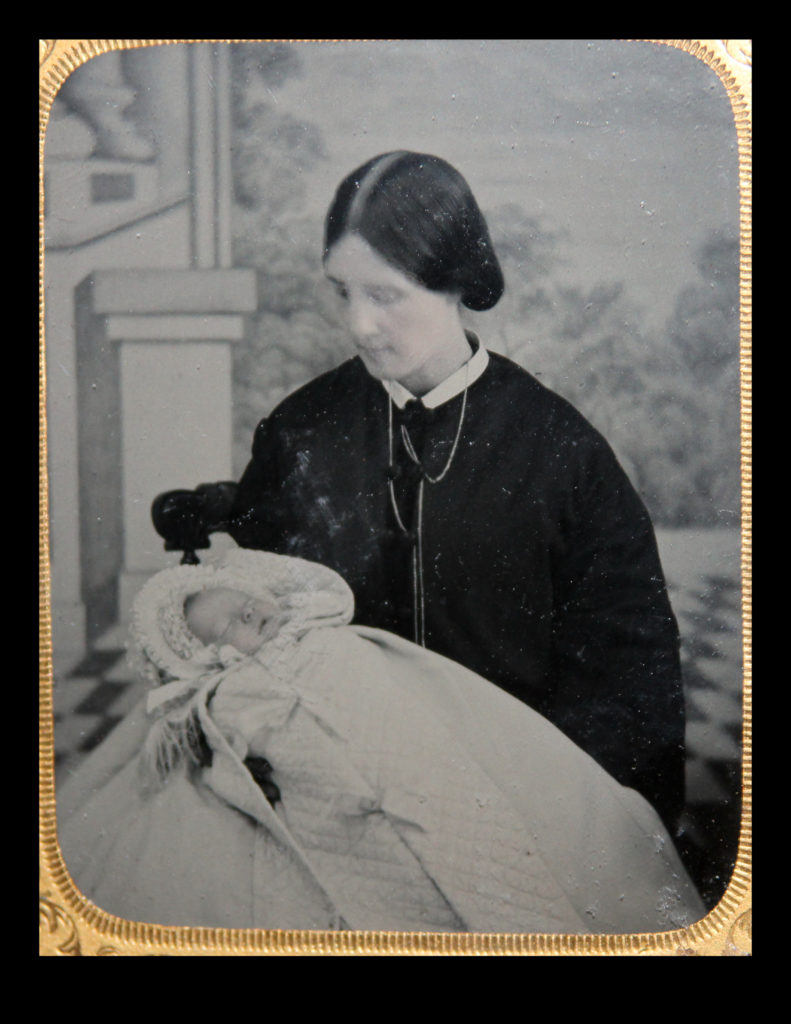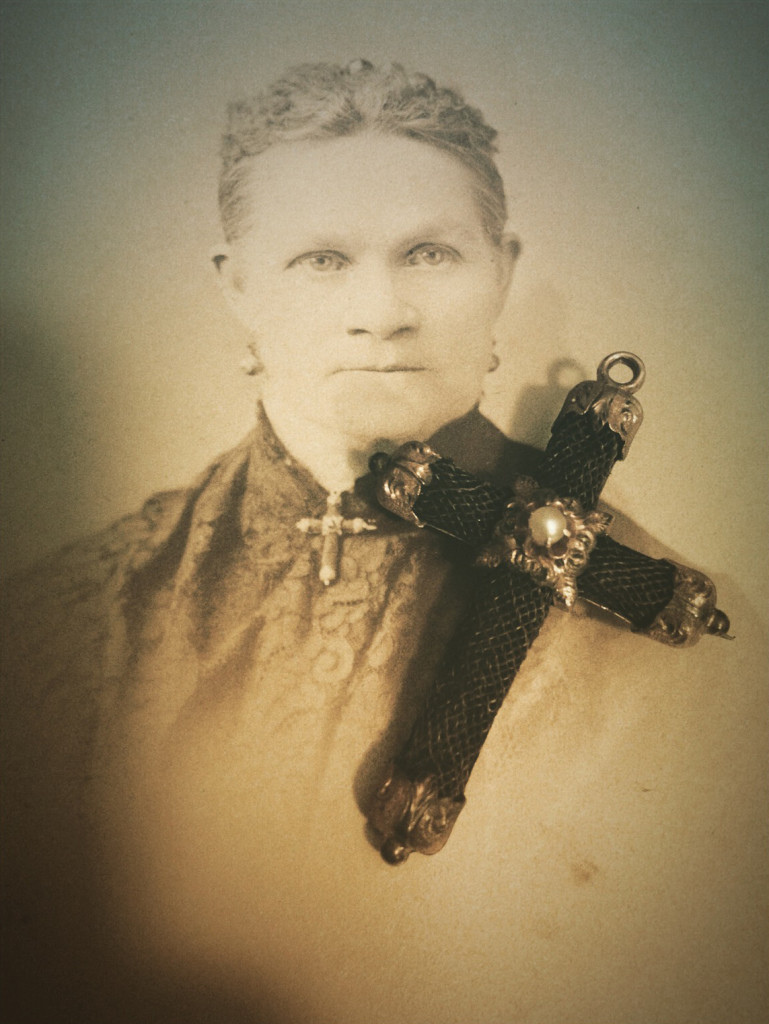Photography, Part 1

The photograph is arguably the most important innovation in history for memorialising a loved one. No invention captures the essence of a person with such precision and manifests the memory in a physical object. The person is remembered for how they were, without any form of detriment or corruption to the visage. As a catalyst for change, the mourning industry quickly adapted to the new invention which would change all that had come before. Holmes called the photograph a “mirror with a memory” and that at its very concept is the nature of the photograph*
From its Daguerre’s announcement of the Daguerreotype in 1839, the photograph was welcomed as an expensive, yet viable process that became accessible around the world. The process made a direct positive image, rather than creating from a negative, providing increased detail, but with long periods of exposure (sometimes up to twenty minutes). Daguerreotypes flourished in the United States, as the patent was not controlled by Louis Daguerre, unlike in the United Kingdom where control was tighter. This led to the higher proliferation of memorial photography, which will be discussed later in this section. Though considered inferior to hand painted imagery by the higher classes, studios and travelling photographers established quickly, with portraiture being the most popular to facilitate the growing industry.
The ambrotype, popular from the 1850s to 1880s, involved creating a wet collodion negative, pressing this against a dark background and bleaching the negative (if necessary). The final image was a negative which appeared as a positive when placed on a dark background. They were sometimes underexposed that the image could be seen from all angles, but lacked the detail of the daguerreotype. The process of creating these was much cheaper than the Daguerreotype (and lacked its shiny surface, which led to its increased popularity).
Tintypes, popular from the 1850s to 1940s, evolved from the ambrotype process and were presented on a metal surface, rather than glass or paper. These were fast to produce and led to their supplanting the ambrotype process.
Large scale photography was used by the latter 19th century, as multiple images were developed from one negative. Items such as the carte de visite (developed in 1865) and mourning card flourished from this period due to this technological advancement.
All these styles relate to memorial photography and the various uses of the form. Memorial photography relates to post-mortem photography, the use of a photograph for it to be considered memorial, uses in jewellery and ephemera and the desire to capture the spirit. Photography became a viable option from the 1860s, as the faster technologies and cheap price aided an enormous industry that could transcend social barriers unlike any other memorial device.






